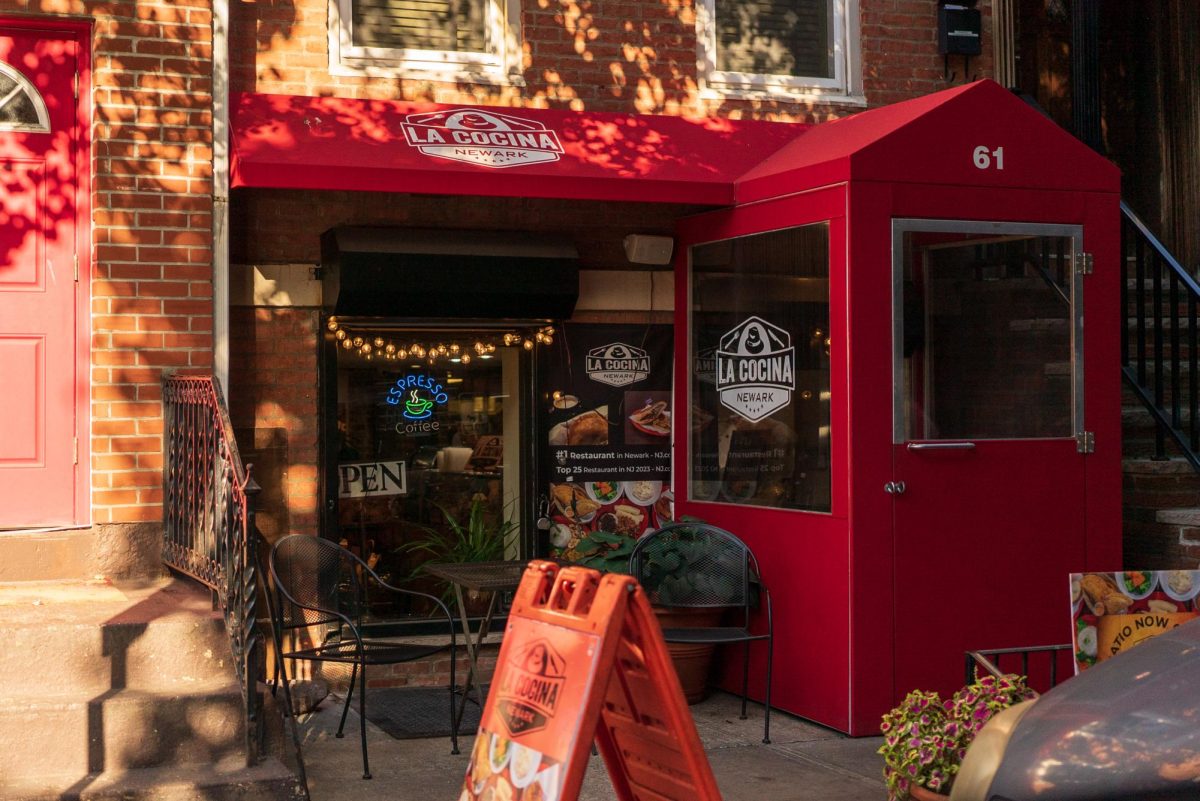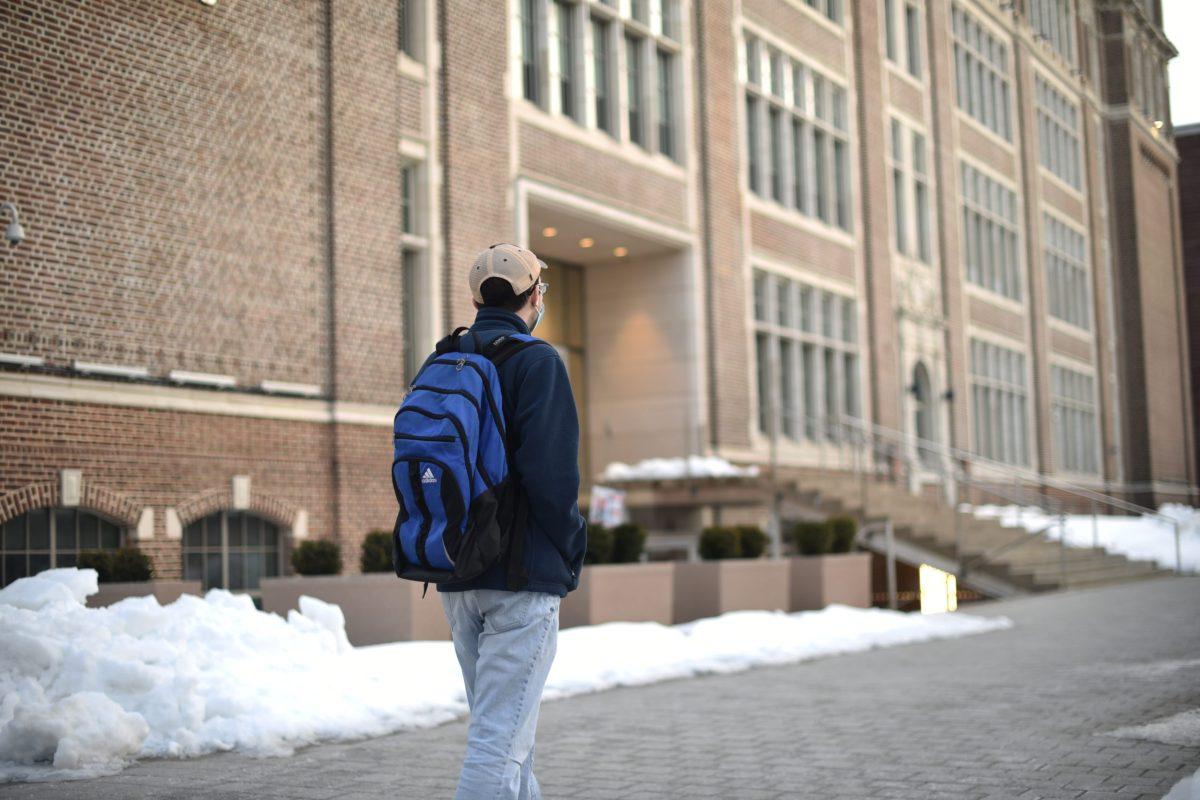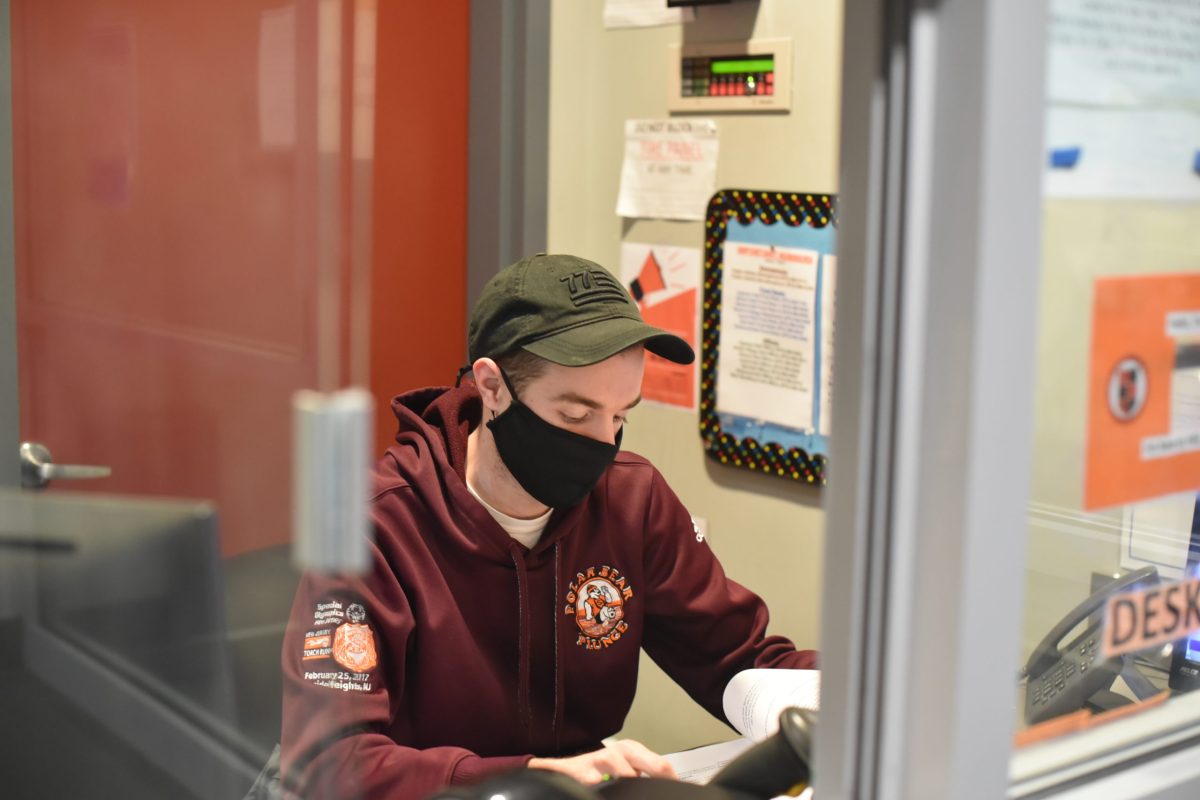Sustainability has become a priority at NJIT, becoming a major theme in the latest drafts of NJIT’s Strategic Plan 2025 Vision. Endeavoring to improve this commitment to sustainability, NJIT has become a member of the Association for the Advancement of Sustainability in Higher Education (AASHE).
AASHE is a nonprofit membership organization with a vision to inspire institutions of higher education to be the foundations of ecological change. In doing so, AASHE aims to equip faculty, administrators, staff and students in higher education with the tools and resources necessary to tackle sustainability challenges.
AASHE supports institutions by providing various resources and services, including conferences, a resource hub, a bulletin weekly news source in sustainability, professional development workshops and opportunities to make partnerships. Andrew Christ, Vice President for Real Estate Development and Capital Operations, said that in joining AASHE, “we want to make these resources available to everyone now, so that they can begin to look into how to intertwine sustainability in their areas of responsibility.”
For example, AASHE’s STARS is a self-reporting framework for colleges to measure their sustainability performance against other universities. Christ said STARS offers “some of the ground rules, of all the things everyone else has done in the past that we haven’t concentrated on yet. All of our pursuits in sustainability up until now have been sort of ad hoc. The expectation now is to formalize that a bit.”
Though AASHE provides an abundance of resources, they are only meant to be supplementary to necessary initiatives that NJIT’s administration has been working on.
Sustainability has been and currently is a priority in how NJIT handles construction and usage of our land, an example being the LEED gold certified Central King Building. “Although the rest of the buildings don’t necessarily have a LEED plaque, they’ve all been built with high performance standards in mind. Even building code today from an energy perspective is well beyond what LEED requires you to do.”
NJIT also plans to install a solar array atop the Wellness and Events Center alongside other projects within an Energy Savings Improvement Program, a system where NJIT would save on energy costs from making energy efficiency improvements then reinvesting those savings back into other cost-saving energy improvements.
There is still a ways to go, though. “Most likely the largest contribution to [NJIT’s] carbon footprint is transportation” Christ said, “It’s people commuting to campus… that’s our largest area of carbon generation. However, it’s also probably the hardest area to change.”
However, NJIT already has worked toward mitigating that large environmental impact through the implementation of free electric vehicle charging stations in the parking decks to incentivize a carbon-free commute. The course on AASHE concerning how universities can reduce driving and create new models for transportation policies could be particularly useful in making this change.
These initiatives to tackle sustainable challenges have not been limited to administration. As Christ explained, “recycling is a big part of our sustainability plan, but it’s always a challenge to get people to do it. That’s where a grassroots effort can really help—people going out there and rewarding people for doing the right thing, making them aware of the choices they make, to make the 10 extra feet to the recycling container, or to use reusable containers. Those are the things the student population can really help us with, that communication.”
Christ called attention to one such group that aims to help change this campus culture. “NJIT Green, while only a few years old, has the elements of a grassroot organization that uses students to advance sustainability on all fronts.”
AASHE provides several different resources applicable to NJIT Green’s goals this year to reduce campus waste including a zero-waste toolkit, food waste calculators and guides to sustainable purchasing of materials.
“I think one of the biggest challenges is educating people on what sustainability is,” Christ said. “That’s a conversation we’re going to have. That’s an opportunity for shared governance. If that’s something that the students latch on to, and you all tell us what your definition of sustainability is, then maybe we can make it a little more formalized.”




































